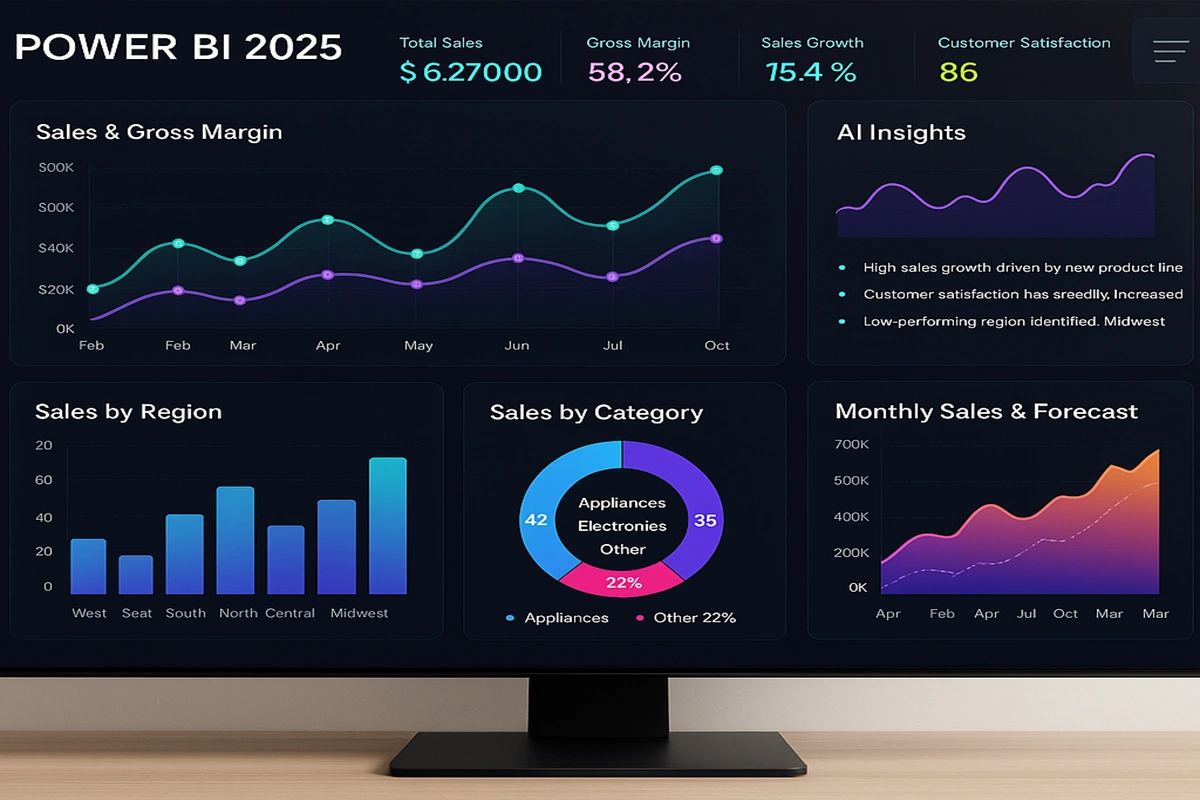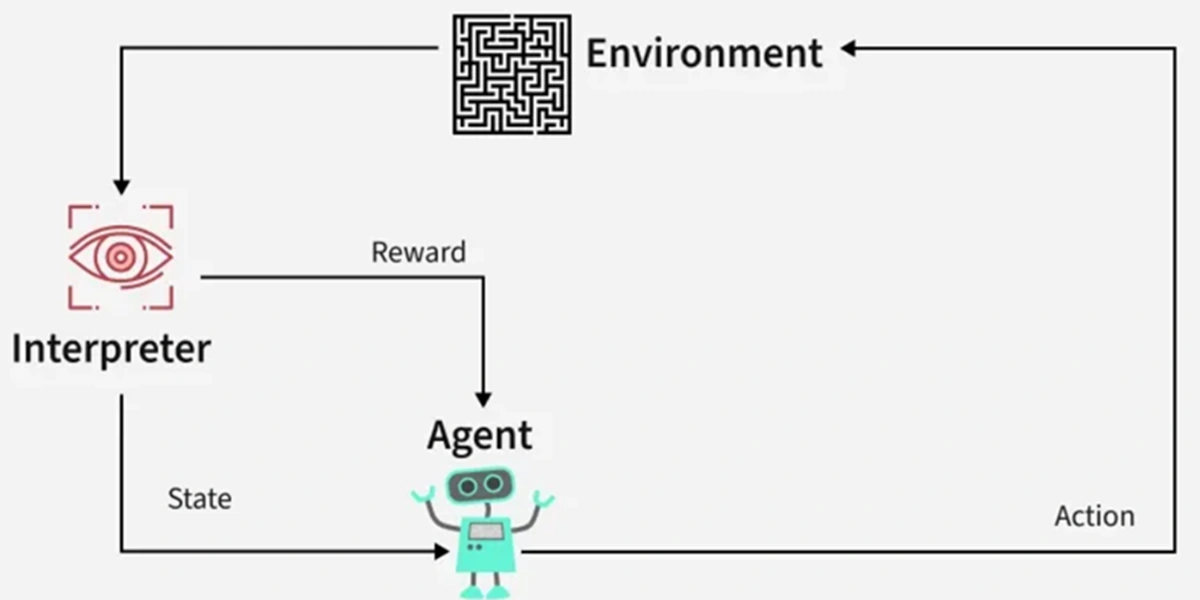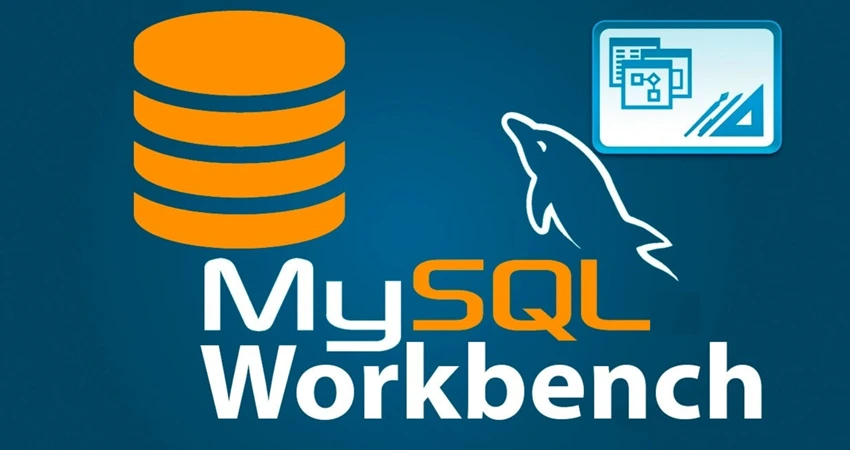The landscape of business intelligence continues to evolve at an unprecedented pace, and Microsoft Power BI stands at the forefront of this transformation. As we progress through 2025, Power BI has solidified its position as the leading business intelligence platform, delivering innovative features that revolutionize how organizations interact with their data. This comprehensive analysis explores the latest Power BI developments, emerging trends, and strategic business insights that are reshaping the analytics landscape.
Revolutionary AI Integration: The Copilot Era
Enhanced Natural Language Processing
The most significant advancement in Microsoft Power BI 2025 is the deep integration of AI through Copilot functionality. This breakthrough feature transforms how users interact with data, enabling natural language queries that generate sophisticated insights without requiring technical expertise. Users can now ask complex questions like “Show me sales trends by region for Q2 2025” and receive instant, actionable visualizations.
The Standalone Copilot Experience represents a paradigm shift in business intelligence accessibility. This full-screen, conversational interface allows users to explore data across multiple reports and semantic models without opening specific dashboards. The system intelligently retrieves and analyzes information from all accessible data sources, providing comprehensive insights that span organizational boundaries.
AI-Powered DAX Generation
Microsoft Power BI 2025 introduces revolutionary capabilities in DAX formula creation through AI assistance. Copilot can now generate complex calculations using hierarchies and display folder names from semantic models, significantly reducing development time. This feature empowers citizen developers to create sophisticated analytics without deep technical knowledge, democratizing advanced business intelligence capabilities across organizations.
Advanced Data Management Capabilities

Direct Lake Storage Mode Revolution
The introduction of Direct Lake storage mode marks a fundamental shift in how Power BI handles large-scale data operations. This innovative approach enables real-time analytics by connecting directly to lakehouse architectures, eliminating traditional data movement constraints. Organizations can now create semantic models that operate at unprecedented scale while maintaining real-time performance characteristics.
Translytical Task Flows
Power BI 2025 bridges the gap between analytical and transactional systems through Translytical Task Flows. This groundbreaking feature enables users to take direct action from dashboards, creating automated workflows that respond to analytical insights. Instead of switching between systems or waiting for reports to update, decision-makers can implement changes immediately based on dashboard findings, streamlining decision-to-action cycles.
Enhanced Semantic Model Management
The platform now offers comprehensive Semantic Model Version History, providing robust change tracking and rollback capabilities. This enhancement significantly improves collaboration among development teams while reducing deployment risks. Data professionals can now manage model evolution with the same rigor applied to traditional software development.
Visualization and Reporting Innovations
Visual Calculations Evolution
Enhanced Visual Calculations eliminate the need for complex data model modifications by enabling advanced calculations directly within visualizations. This feature dramatically increases reporting flexibility while reducing model complexity, allowing business analysts to create sophisticated analytics without impacting underlying data architectures.
Interactive Data Storytelling
The introduction of Data Point Annotations transforms static reports into interactive storytelling experiences. Users can now add contextual information directly to visualization elements, creating rich narratives that enhance stakeholder engagement and improve data communication effectiveness.
Field Parameters Achievement
Field Parameters have achieved general availability status, representing a fan-favorite feature that enables dynamic switching between measures and dimensions within reports. This capability provides true self-service analytics, allowing end-users to customize their analytical experience without requiring IT intervention.
Performance and Scalability Enhancements
Desktop Performance Optimization
Microsoft has invested heavily in Desktop Startup Performance improvements, addressing user feedback regarding application responsiveness. These enhancements significantly reduce loading times and improve overall user experience, directly impacting adoption rates and productivity.
Incremental Refresh Capabilities
Advanced Incremental Data Refresh techniques optimize data processing by loading only new or modified information. This approach dramatically reduces refresh times while minimizing computational overhead, enabling organizations to maintain current data without excessive resource consumption.
Security and Governance Advancements
Row-Level Security Enhancement
Power BI 2025 strengthens data protection through enhanced Row-Level Security (RLS) capabilities. Organizations can implement granular access controls that ensure users access only relevant data, maintaining privacy compliance while enabling collaborative analytics.
Microsoft Entra ID Integration
Seamless Microsoft Entra ID authentication provides enterprise-grade security across all Power BI components. This integration simplifies user management while strengthening security posture, particularly important as organizations expand their analytics footprint.
Business Intelligence Market Position
Industry Recognition and Leadership
Microsoft Power BI maintains its leadership position in the business intelligence sector, earning recognition as a Leader in both the 2025 Gartner Magic Quadrant for Analytics and BI Platforms and The Forrester Wave Business Intelligence Platforms. These accolades reflect Power BI’s comprehensive capabilities and Microsoft’s consistent investment in innovation.
Competitive Advantages Over Traditional Solutions
Research indicates that organizations implementing Microsoft Power BI achieve substantially higher returns compared to traditional BI solutions. The platform’s integration with existing Microsoft ecosystems, combined with its intuitive interface and advanced AI capabilities, creates significant competitive advantages.
| Capability | Traditional BI | Power BI 2025 | Improvement Factor |
|---|---|---|---|
| ROI Over 3 Years | 150-200% | 366% | 1.8-2.4x |
| Time Savings per User | 40 hours/year | 125 hours/year | 3.1x |
| Report Generation Speed | 2-5 days | 30 minutes | 96-240x |
| Decision-Making Cycle | 1-2 weeks | 1-2 days | 7-14x |
Implementation Best Practices and Strategic Considerations
Organizational Adoption Framework
Successful Microsoft Power BI implementation requires a structured approach that aligns technology deployment with business objectives. Organizations should establish clear governance frameworks, define specific KPIs, and secure executive sponsorship to maximize implementation success.
Data Strategy Integration
Power BI 2025 works most effectively when integrated into comprehensive data strategies that encompass data quality management, governance protocols, and user training programs. Organizations investing in these foundational elements achieve significantly higher returns on their BI investments.
Change Management Priorities
The democratization of analytics through Power BI requires careful change management to ensure successful adoption. Training programs, user support systems, and clear communication about new capabilities are essential for realizing the platform’s full potential.
Emerging Trends and Future Outlook – Microsoft Power BI
Mobile-First Analytics
Mobile business intelligence continues gaining momentum as organizations embrace remote and hybrid work models. Power BI’s enhanced mobile capabilities enable decision-makers to access critical insights regardless of location, supporting business agility in dynamic environments.
Sustainability and ESG Reporting
Power BI increasingly supports sustainability initiatives by enabling organizations to track and report environmental, social, and governance (ESG) metrics. This capability helps companies meet growing regulatory requirements while supporting sustainable business practices.
Industry-Specific Solutions
The platform’s flexibility enables adaptation across diverse industries, from manufacturing and healthcare to financial services and retail. Industry-specific templates and connectors streamline implementation while ensuring compliance with sector-specific requirements.
Cost-Benefit Analysis and ROI Considerations
Financial Impact Assessment
Organizations leveraging Microsoft Power BI report substantial financial benefits, including operational cost savings of 20-30% and revenue growth impacts ranging from 5-15%. These improvements result from faster decision-making, improved operational efficiency, and enhanced customer insights.
Total Cost of Ownership
Power BI’s consumption-based pricing model provides significant advantages over traditional per-user licensing approaches. Organizations can optimize costs by paying only for actual usage while maintaining access to enterprise-grade capabilities.
Implementation Timeline and Resource Requirements
Typical Power BI implementations require 3-6 months for full deployment, significantly faster than traditional BI solutions that often require 12-18 months. This accelerated timeline enables organizations to realize benefits more quickly while reducing implementation risks.
Conclusion: Embracing the Future of Business Intelligence
Microsoft Power BI 2025 represents a transformative approach to business intelligence that combines advanced AI capabilities, real-time analytics, and intuitive user experiences. Organizations that embrace these innovations position themselves to thrive in an increasingly data-driven business environment.
Read also: Microsoft study AI jobs impact






